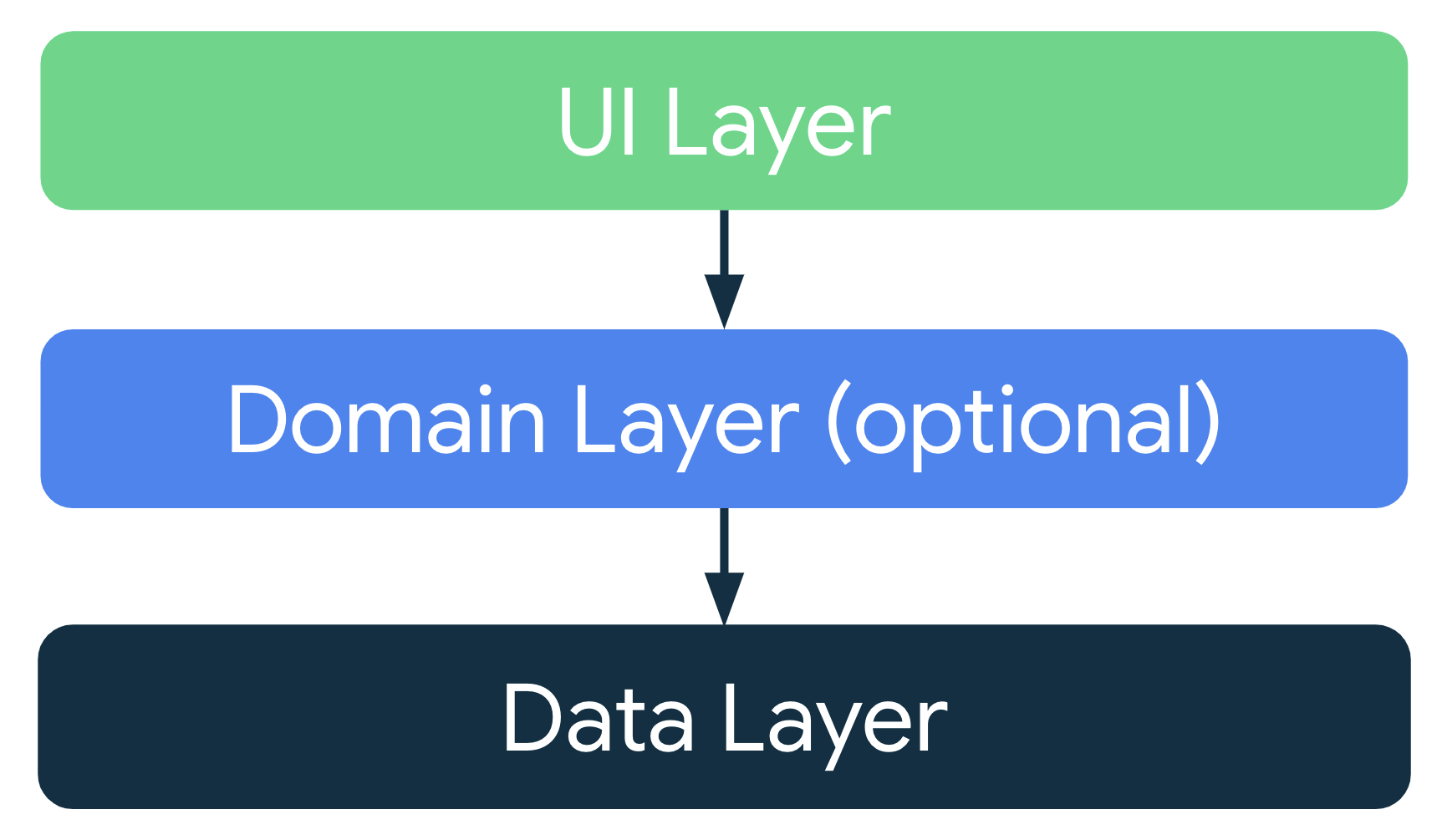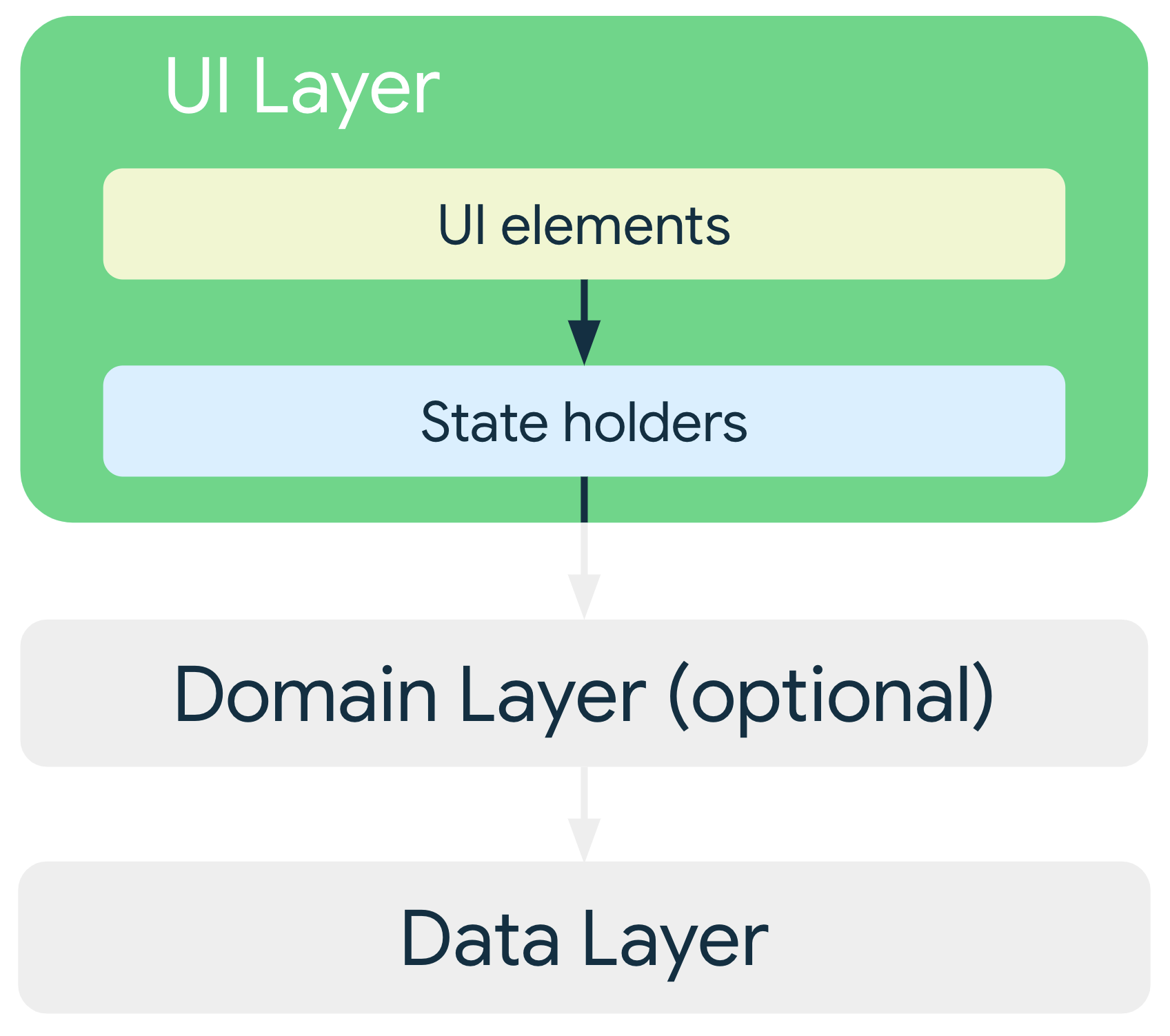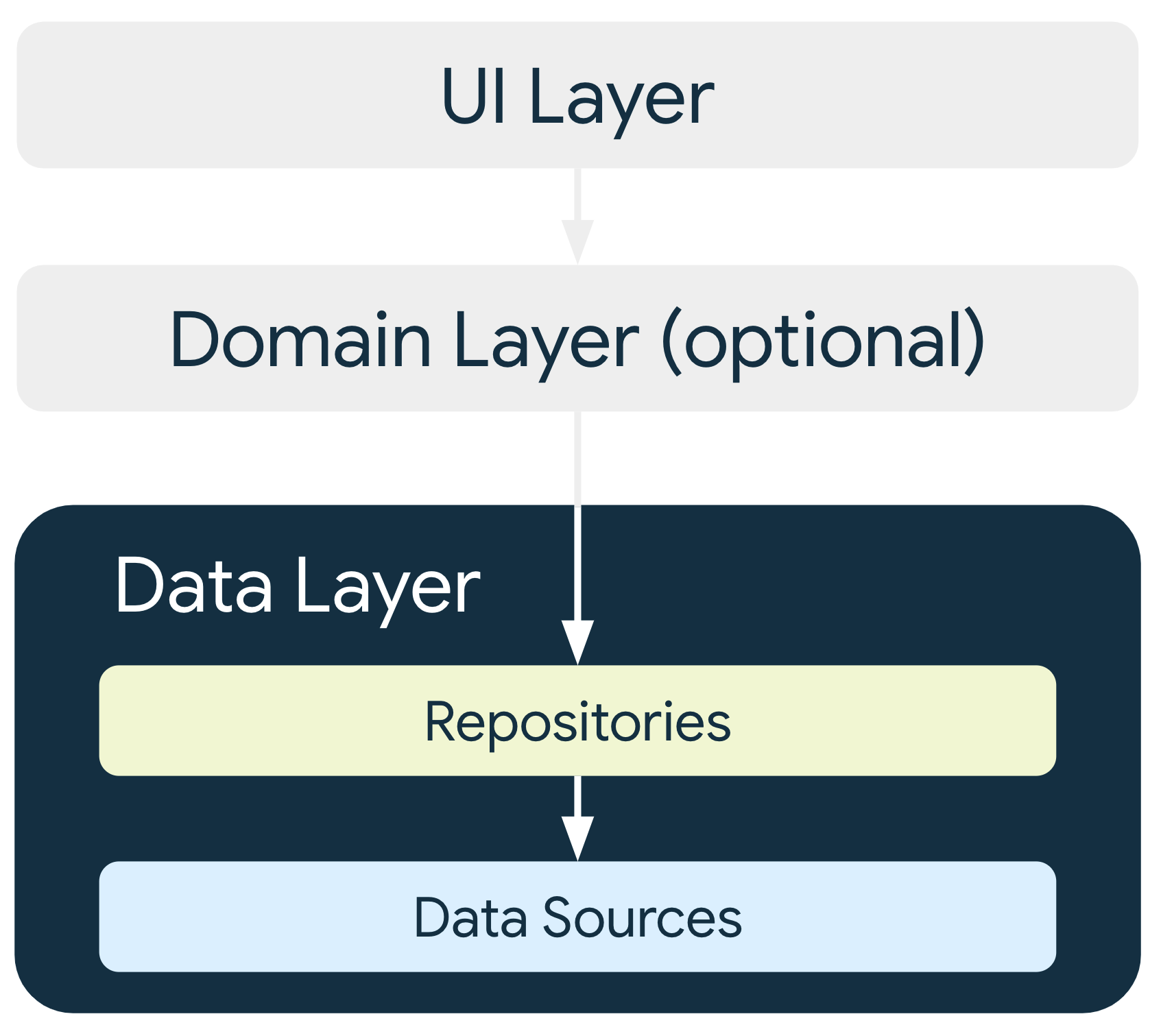This contains all my study notes for android developer training.
- typical android app contains multiple app components. E.g activities, fragments, services
- these are declared in the app manifest file
- possible for app components to be launched individually & out of order, when the OS is allocating memory for other resources
- due this this behaviour, it is not recommended to store app data or state in app components and components shouldn’t depend on each other
- 2 common principals are: Separation of concerns & Drive UI from data models
- activity & Fragment are UI-based classes, should only contain logic handling UI and OS interactions
- data models represent the data of an app, not tied to the UI & app component lifecycle
- destroyed when the OS removes the app process from memory
- persistent data models are ideal for the following reasons:
- your users don't lose data if the Android OS destroys your app to free up resources
- your app continues to work in cases when a network connection is flaky or not available
- each app should have at least the following 2 layers:
- UI - displays data on the screen
- Data - contains business logic & exposes app data
- optional is the Domain layer, which simplifies interactions between UI & Data layers
- made up of
- UI elements that render data on the screen (elements are built using Views)
- state holders that hold data, expose it to the UI & handle logic
- the Data layer contains the business logic, made up of rules that determines how your app creates, stores & changes data
- made up of repositories that each can contain zero to many data sources
- create a repository class for each different type of data you handle in your app
- repository classes are responsible for
- exposing data to the app
- centralizing changes to the data
- resolving conflicts between multiple data sources
- abstracting sources of data from the app
- contain business logic
- is responsible for encapsulating complex business logic, or logic that is reused by multiple ViewModels
- an optional layer that should only be used when needed, such as to handle complexity or promote reusability
- classes in this layer are commonly called cases or interactors
- each use case of this layer should have responsibility over a single functionality
- use one of these design patterns to gather the dependencies of a particular class
- Dependency Injection (DI): allows classes to define their dependencies without constructing them. At runtime, another class is responsible for providing these dependencies
- Service Locator: The service locator pattern provides a registry where classes can obtain their dependencies instead of constructing them.
- These patterns allow you to scale your code because they provide clear patterns for managing dependencies without duplicating code or adding complexity


